I have this relay: https://www.amazon.es/dp/B06XD6Q746/ref=sr_1_1?ie=UTF8&qid=1496046490&sr=8-1&keywords=rele+5v
and I want to power this solenoid: https://www.amazon.es/12V-Electroim%C3%A1n-Solenoide-Bastidor-Abierto/dp/B00ICD1OL6/ref=sr_1_2?ie=UTF8&qid=1496046146&sr=8-2&keywords=solenoide
Can someone confirm my plan is correct before I burn my house down?
- pi +5v to relay module VCC
- pi gnd to relay module gnd (is 3v3 enough?)
- pi gpio1 to relay module In1
pi gpio2 to relay module In2
12V+ battery pack to relay module middle connector for the rele (com?)
- simple wire from NO connector in the rele to the solenoid
- simple wire from solenoid to 12V- in battery pack.
And same approach for 12V led stripes and other 12V stuff.
This would be the schematic, please confirm I didn't omit something when drawing it.

simulate this circuit – Schematic created using CircuitLab
Is that Ok ???
